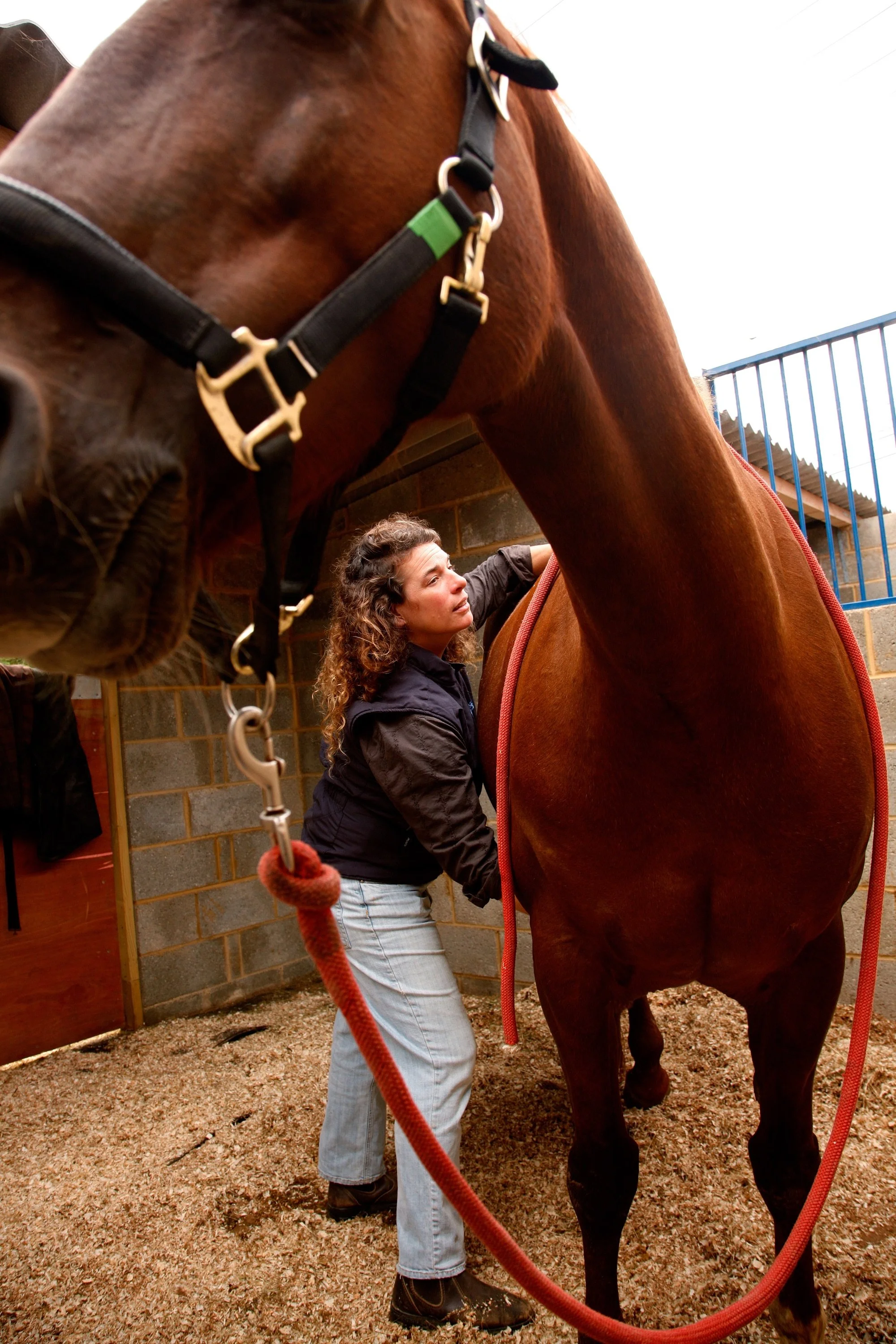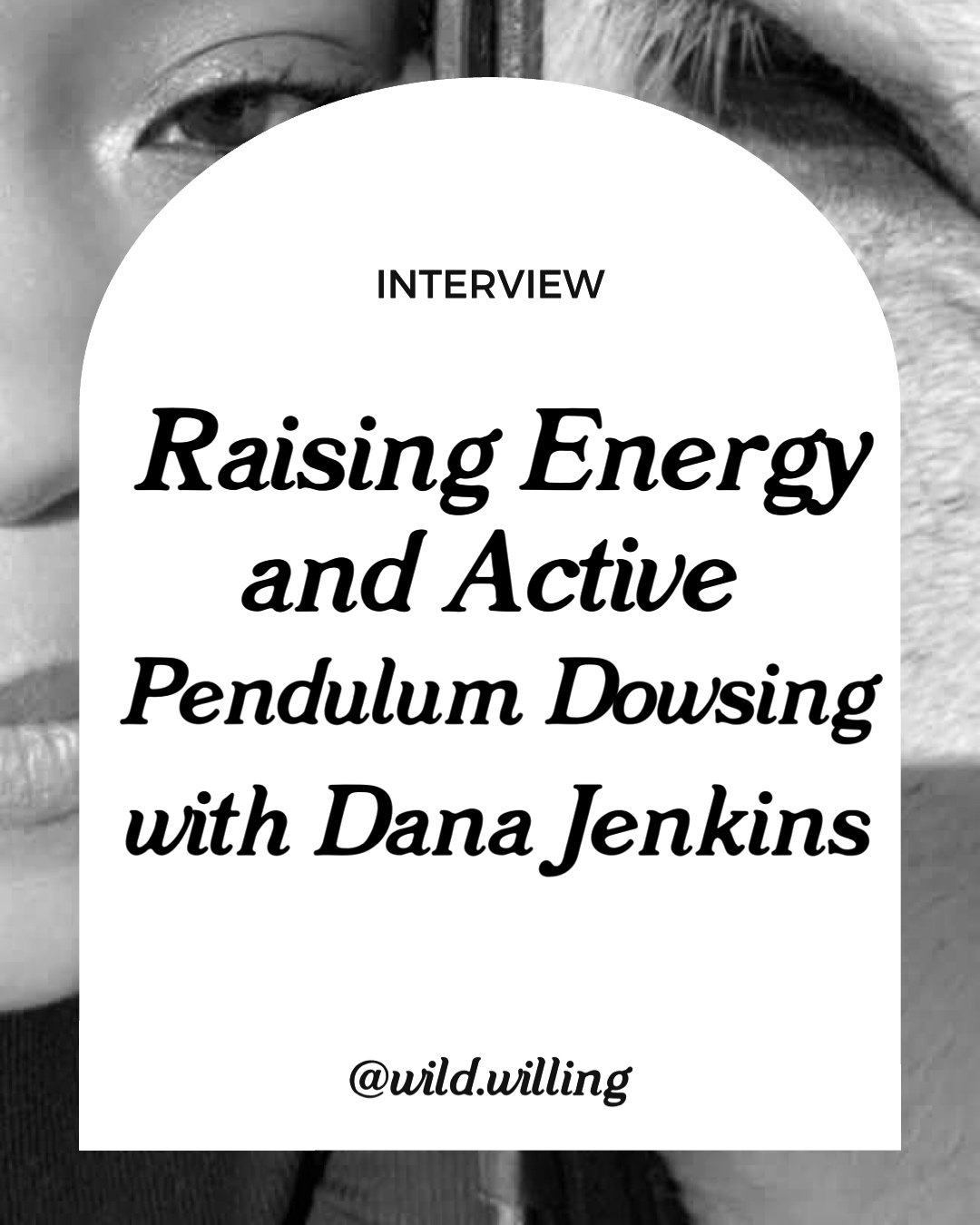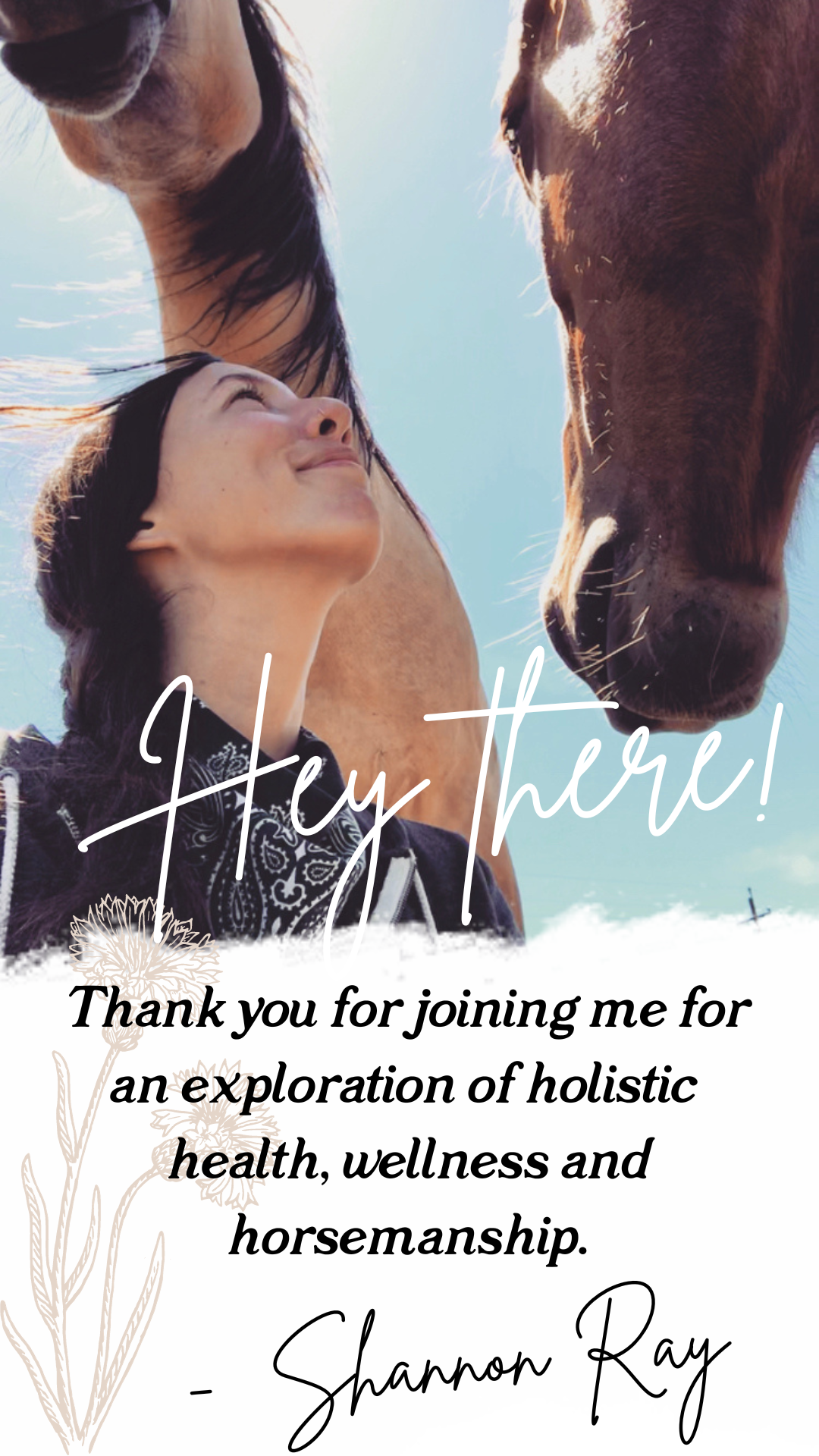Equine Craniosacral and Deep Listening with Maureen Rogers
Photo by Giles Penfound
Where do we begin to describe the benefits of craniosacral therapy? I’ve heard many people speak to its applications and how it works, however none have sung its praises as tangibly as Maureen has in my opinion - both for humans and horses.
In episode #9 of the podcast, I chatted with Maureen Rogers, a pioneer and leading expert in the field of equine craniosacral therapy. She is the founder of Equine CranioSacral Workshops - an international education program that offers the most extensive program of study. She founded her program in 1999 and has over twenty years of teaching experience.
I really admired Maureen’s enthusiasm and earnestness as she spoke openly about the approach which many other practitioners have left ample room for me to wonder about. If you’d asked me before my interview with Maureen about craniosacral, I would say it had something to do with cerebrospinal fluid and “the wave” that practitioners often allude to. Maureen spoke to me off record about this mysterious wave, but she claimed she speaks to her students about it, not the public. And for good reason.
Craniosacral remains a fringe healing art, in spite of its seemingly miraculous scope of applications. I agree with Maureen that to get more humans to become aware of and experience this therapy for themselves and their horses, it’s time we talk more about the practical applications. And then we can save the “wavy gravy” talk for the students who will gladly lay their hands on skulls and tap into the subtleties to feel the magic happening under the surface.
Read on or listen here to learn about myths about horse conformation that are rampant in the horse industry, how all bodywork is a conversation, not a “fix it” strategy, and many of the issues that can be addressed by craniosacral, such as, head shaking, TMJ issues, navicular, kissing spine, spookiness, chronic pain, and much more.
Maureen and the special foal Willy who inspired her to start applying craniosacral to horses
My first question for you is something that I'm sure you get often. What exactly is Equine Craniosacral Therapy and what are some of the benefits for horses?
So I'm gonna give you an abbreviated version because it's much more in depth, but in a short format. What I tell people and have said to people to keep it short, simple, so horses can get the help they need. Cranial is a very complex therapy, but in its short form, it's a therapy, hence the name cranial (head) sacrum (spine), base of the spine, sacrum. And its specific focus is on the cranial bones, the connection of the vertebral system, spinal cord down to the sacrum. But we're not limited there in our treatment and it really is about focusing on bringing balance through the musculoskeletal structure including the head with the body. So that's a simplified version of it and it's one of the only therapies that addresses the head with the whole body which is vitally important for horses especially so. Humans yes, but horses even more so.
And for the benefits, so all my training and background was from the human world first… I actually got into craniosacral because I suffered a snowboarding injury and ended up receiving severe whiplash in the injury. My whole active life was gone within one moment of me having some fun on the ski hill. So after living pain for a year, a friend said, you want to go try craniosacral. And I've had plenty of other head injuries in my days of being an active equestrian, rock climber, skier, snowboarder, all the other various sports I was involved with and just childhood alone. And so then because my whole active lifestyle was taken away so promptly because of that injury, like lifting things was so difficult, holding my head up, riding a mountain bike for 10 minutes was difficult because of how great the damage was and living in pain was no option. A friend at the time as massage therapy said, go try craniosacral for yourself and I was like, “I don't know what the hell is that?” So I went after because I was like, the living in pain was not an option anymore. So then I went, sought it out and within two sessions, I had my own amazing experience going, wow, I had my active life back. So I then went off to human massage therapy school, because I was very curious about what happened, to the Utah College of Massage Therapy, one of the top programs in the US at the time. So off I went, traipsing to school, even though I was resistant a little bit because I loved my wild lifestyle, I had before being a ski bum, but I was too intrigued by what happened for myself. So that's what drove me to go pursue this new career because I already had a university degree behind me.
So went to school and all at the same time when I was at school, I got back into riding horses. And I got my foundational human craniosacral training in my basic foundation of the massage therapy school. And then later on went to specifically more advanced studies through different organizations one largely the Milne Institute out of California. And all at the same time, I was getting involved with the ridden part of my life again, riding horses. And I was like, oh great, now I'm going to go buy my own horse. Yeah, so it led all into my next part of the equine cranial. So I was at school, finished my schooling, got back into riding and went to go buy my first adult horse and it was a foal. And a friend, a colleague at this Utah College of Massage Therapy was there and she invited me up to her sister's ranch and we'd go up there and so then they offered me this foal, Willie was his name. And Willie had developed a problem in his leg because he didn't get enough colostrum at birth and his hock was inflamed and he ended up walking all wonky. And I just naturally and instinctively was like, well, what can I do? They're treating the infection, but he's walking unbalanced.
I'm just going to do craniosacral on him. It was just natural. There was no books. There was no written material I followed. It was literally, let me think through what I know. Cause I've already been through my continued advanced studies with my teachers in the human world. Willie needed something and it was just as natural as breathing air from here. There was no question that was just like, okay, do this. Okay. Do that. So Willie started improving and then word got out on the street that I was doing craniosacral with horses and I was like, I don't know what they're talking about. I don't know what the hell I'm doing. I'm just really winging it because it was just natural.
Photo by Giles Penfound
I tried different handholds on the head and this is 1997, ‘98. So again, there was no guiding books. There was no videos to watch on YouTube. It was me organically just going with what was natural from what I learned from humans. And I have a solid proper education in human therapies. I was a licensed massage therapist and since let my license go, but I have thousands of thousands of hours in different therapies to have the education. I just didn't know horses yet and their anatomy fully, but it was working. So somebody ran back to the school where I went to school and was assisting teaching and they're like, “she's doing cranial work on horses.” And I was like, I was like, put on the spot, I was like, I don't know if I really know what I'm doing, but I was getting results. So a colleague and I just kept playing with it and people started finding me and booking in with me. I worked with an alternative vet in Park City, Utah, and she was referring clients to me. And I was just like, kind of putting it together all at this time as I was doing it. And then a colleague, the same colleague where I went up to her sister's ranch said, you love horses, you love cranial sacral, do something with it. So that's when I established my program, Equine Cranial Sacral Workshops.
I taught my first workshop in 1999 in a small little corner area in somebody's stalls in Salt Lake City, Sandy, Utah, actually. And then that was it. That's all I needed was that moment. So then I evolved everything over to the horses since 1999. And part of that lead up story is important because in my years of experience of treating humans and getting back into horses, it made my big aha moment to realize how vital craniosacral is for horses and necessary because humans had head injuries. Like I've treated humans with metal plates in their heads, reconstructed craniums, chunks of their head missing from surgeries, posts because they've had backup cerebral spinal fluid, restructured TMJs in all these years because I still treat the odd human, but the difference between us and humans and horses is that horses have pressure regularly on their head. We don't contend with that. So it only spoke, and it was a little so in my face, of how important the need was to get this therapy established for horses and their wellbeing in the horse world even more. Because there's only two parts of pressure of the horse. There's the back and the head. So those pressures are very unnatural and they contribute to certain problems that we see as diagnosed conditions in horses, but it's not thought about. So as far as the benefits go, it's huge because those pressures from nose bands, bit pressure, dentistry work that's being done, a pullback injury, they're going to have ramifications for different conditions we're seeing in our horses.
So benefits, head shaking, big one. TMJ issues in horses, big one. Sacral lumbar issues, hind end issues, collected work issues, transition issues. I mean, you could go down to behavioral issues, huge for behavioral issues. Spookiness, totally treatable, solvable. Head shaking the same. And there was a video I made, ‘Hope for Head Shakers, treating the first horse in my career in 2000 out of Arizona successfully, very severe head shaker, which paved and opened the door, Hector, for the other horses and for me to see the component that cranial damage has for those horses that head shake and suffer from head shaking. So other issues, gosh, wobblers, it can help with, it can help with any stifle, or hock issue.
It's just really how we view our horses and how can we see what that condition is doing in a compensation, but your big guns are conditions that most times get deemed untreatable. Kissing spine, another great one cranio is for. So it's just our perception and what can be done for them, but any pressure, a lot of these behavioral issues, head shaking, TMJ issues, dentistry, wearing patterns all come down to cranial damage a lot of times combined with muscle tension and easily treatable.
Want to read more?
The full-length post is available to members of The Herd. Membership includes access to monthly bonuses like this and more! Join The Herd here.
Learn more about Maureen
Learn more about Maureen’s work, how to join her international workshops at Equine CranioSacral Workshops, and be sure to follow her on Instagram @equinecraniosacral.













